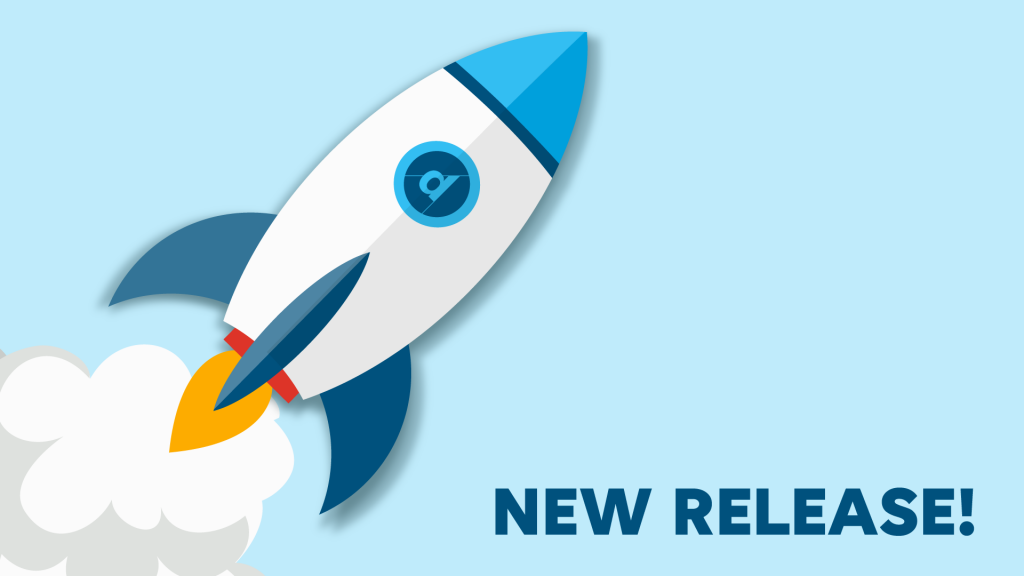Hi there,
I’m glad to announce a new DataMiner Feature Release today! It is a bit of a special one as it is the base version for the DataMiner 10.1 Main Release, slated for the end of February.
Another thing that makes it special are these two major changes: support for a Cassandra Cluster setup and the launch of GQI, the DataMiner Generic Query Interface.

Cassandra Cluster is a feature that allows all DataMiner nodes from your cluster to connect to the same database (i.e. one Cassandra Cluster). This is a fundamental change as previously every DataMiner node had its own database. This change allows us to introduce load balancing features into your cluster. It also allows us to review where some configuration files are stored to improve consistency, and many more goodies.
Now, why is it also a good thing for you? It will allow you to optimize your hardware resources, allow for an easier “scale as you go”, and allow you to scale your storage and data processing capacity independently of one another. Make sure to follow this blog as we will describe all of this in more detail in the coming weeks.
The next big thing in the release is the GQI (Generic Query Interface) – a real game changer. It allows you to access all the data available in your DataMiner System in a very interactive and flexible manner, and in exactly the way you want to see it. This functionality has been in the software for a while now as a soft-launch option, and everybody really loves it. In this release, you’ll now officially be able to use it as a so-called query data source in your dashboards. I will not describe everything, but joins, filters, aggregations, top queries, … all become possible with the GQI.
The good thing is, you can then use this data to feed several visualizations in DataMiner Dashboards. The flexibility of the GQI, combined with the multi-vendor capabilities of DataMiner, make it a real game changer, as it literally allows you to play with any data from your operation. Early adopters actually describe it as being “fun” to use. Soon, we’ll also add new lessons specifically for the GQI to the existing Dashboard training course, so stay tuned.
What else do we have? There is a security change. Some of you probably already enabled it manually a while ago, but from this version onwards, all your communication will be encrypted by default. If you decide not to update to this version yet, have a look here at how to enable this feature manually. Just like in the previous release, this time we also added another tool. This tool will allow you to easily back up and restore your Elasticsearch cluster.
In DataMiner Dashboards, as mentioned already, we introduced queries (powered by the GQI), but we also enhanced the options you have when creating an email or PDF report, and plenty of extra options have also been added for the line chart component: line width, min-max shading, splitting lines in different components, etc.
If you are into creating mimics for Visual Overview, a small thing you will probably like as well is that shape manipulation (show/hide, flip and enable) no longer requires that your shape is linked to an element, service or view. And another enhancement is that your session variables can now be populated with the output of scripts, allowing you to do great interactions for tons of use cases. Small features, big impact.
Any Augmented Operation additions in this version? Yes, there are. Our AI gurus keep on making your DataMiner System more and more intelligent with every release. Do you recall the pattern matching we introduced? Well, in this version, we now support real-time detection of those patterns. Once the engine finds one of these patterns, a suggestion event will be created to inform you, and you can make that suggestion event trigger other processes in DataMiner. Behavioral monitoring keeps on becoming more and more essential, and DataMiner is dedicated to lead the way.
To dive deeper into all the changes, check out the detailed release notes here. You can find the upgrade package itself here.
That’s it for 2020 as to new DataMiner releases. We’ll meet again in early January 2021.
Stay safe and stay tuned for more details on what has become available in this great release.